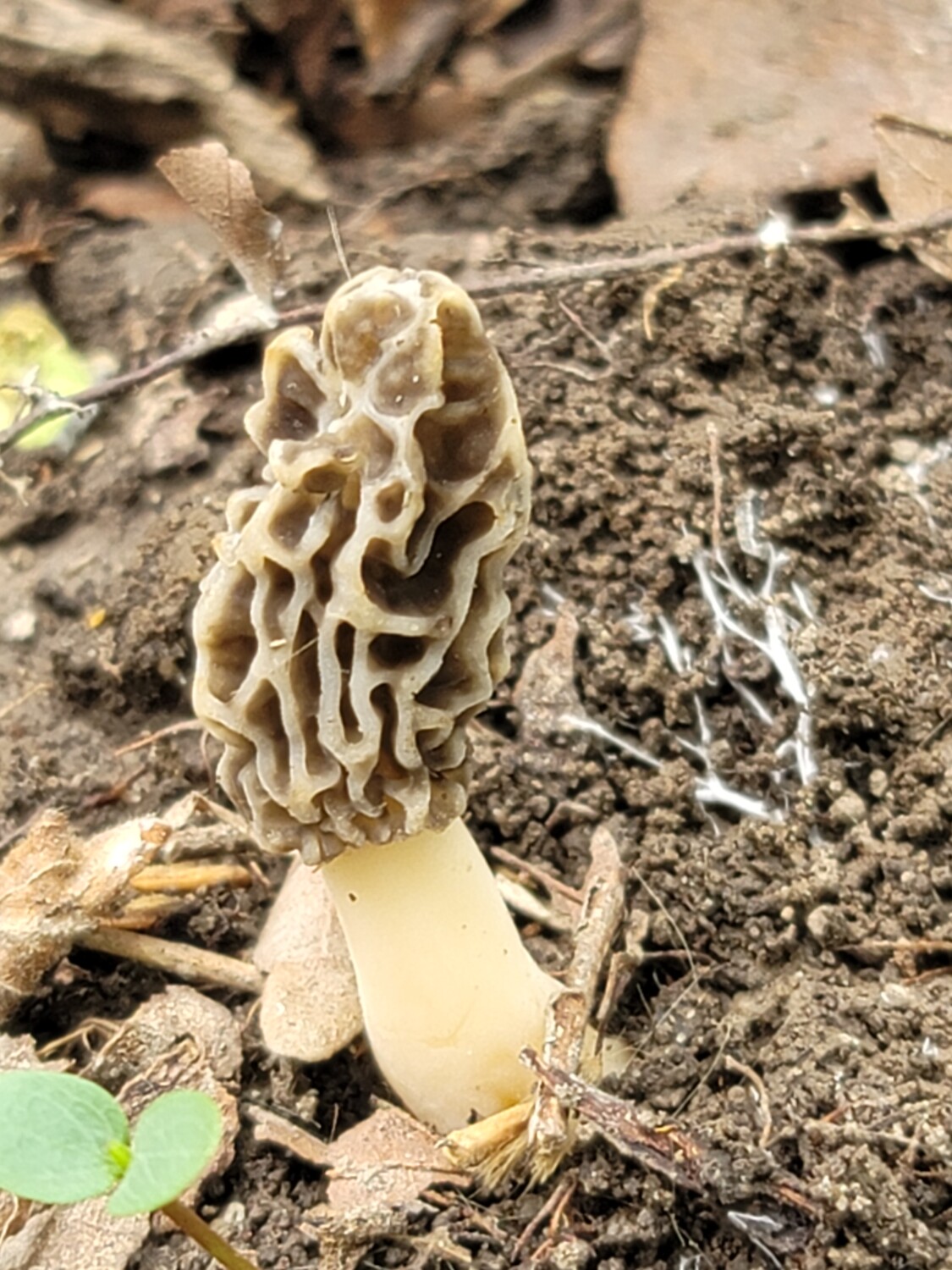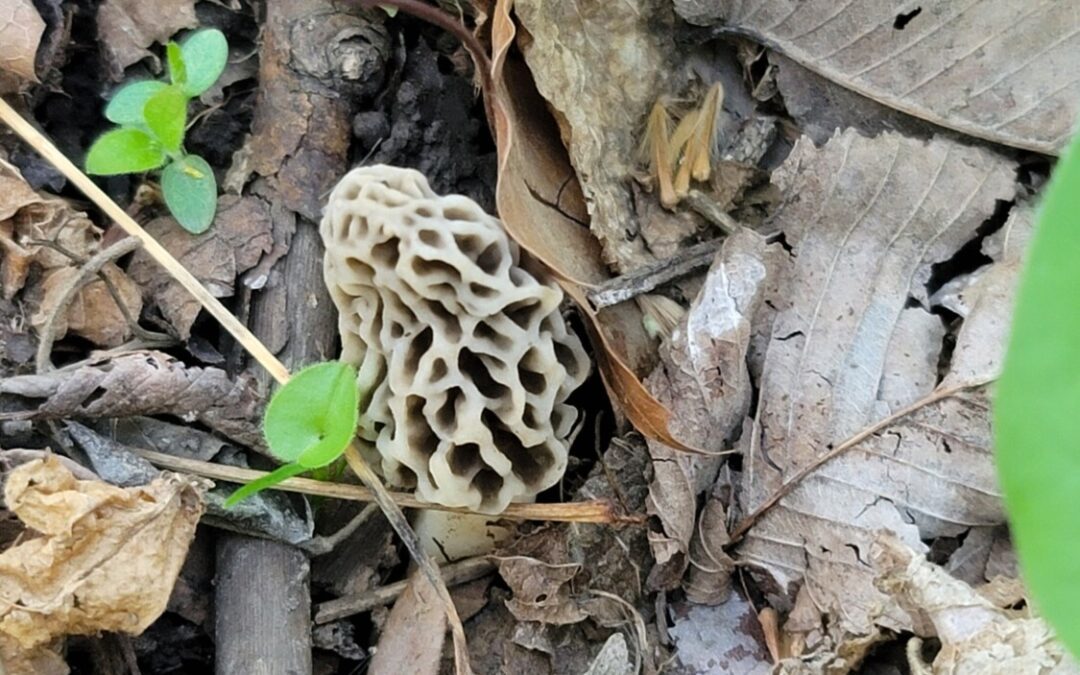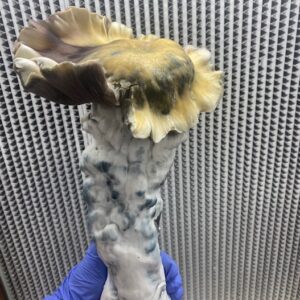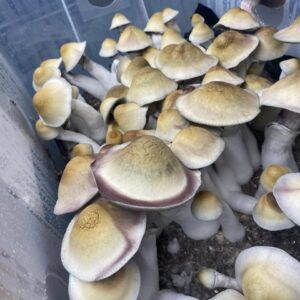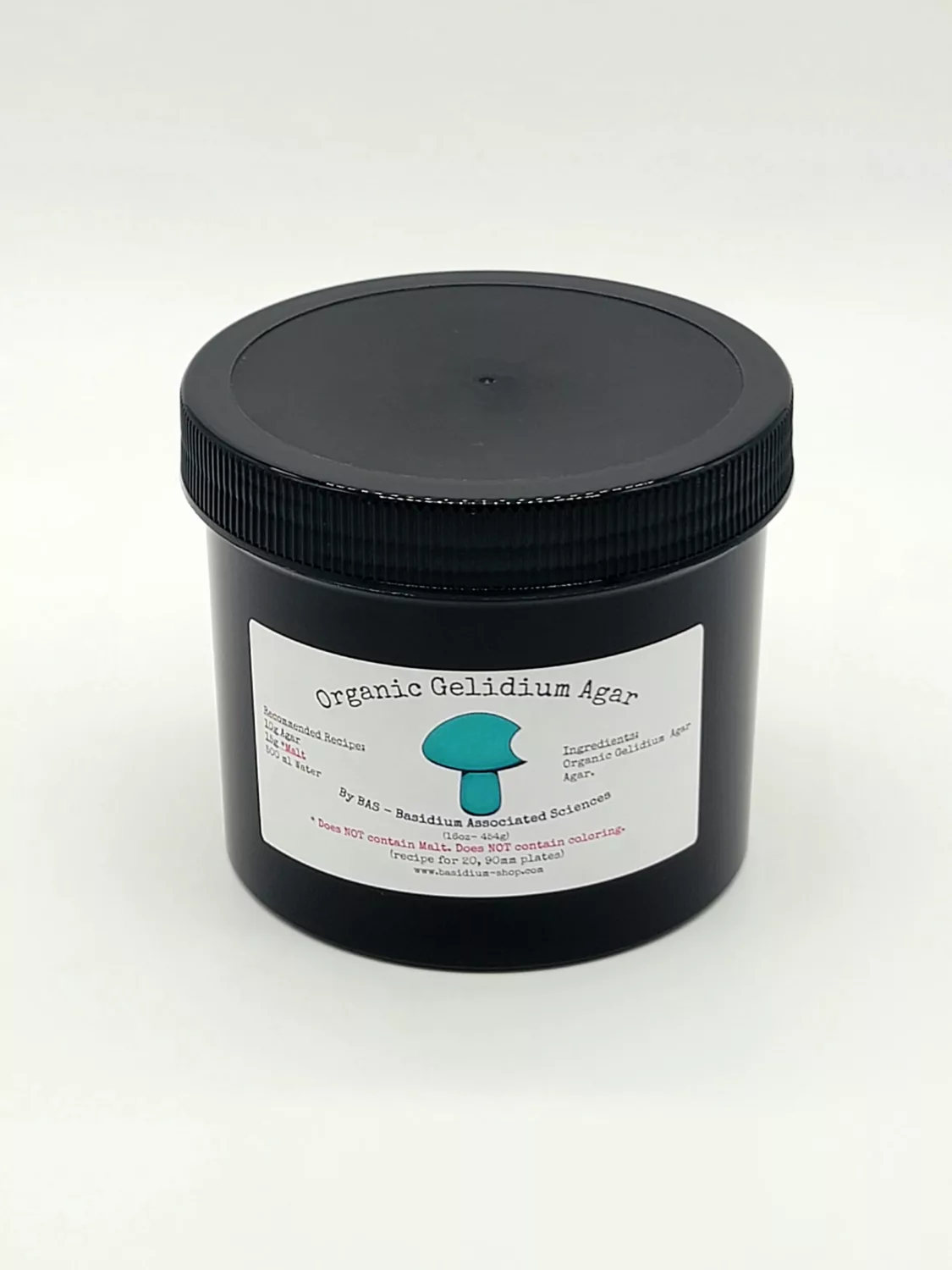Hide & Seek with Morels
As spring rolls in many mushrooms enthusiasts get moving in hopes of finding the elusive Morel.
Morels belong to the genus Morchella, which is a type of sac fungi. There are several species within the Morchella genus, and they can be found in various parts of the world. Morels are distinctive in their appearance, with a convoluted, honeycombed cap that can range in color from tan to black. The cap sits atop a thick, white stem, and the entire mushroom can grow up to several inches tall.
Morels are saprobic, which means they obtain nutrients by breaking down dead organic matter. They are also known for their ability to form sclerotia, which are compact masses of hardened mycelium that can survive in soil for years. Sclerotia can eventually sprout new morel mushrooms when conditions are favorable, such as after a fire or other disturbance.
And oh boy are they a treat!
We put together a quick walk through with some key points to consider when foraging for Morels.
Spring:
Morels typically begin to appear in the Midwest in early April, when the soil temperature reaches around 50°F. Look for morels in areas with soil that is rich in organic matter, such as near dead or dying trees, or in areas that have recently been burned or disturbed. Morels prefer moist, well-draining soil and can often be found near streams, rivers, or other bodies of water. Keep an eye out for sunny days after a few rainy days, as this can trigger morel growth. Slowing your eyes while scanning the forest floor will help tremendously. Theyre incredible at camouflaging themselves into their environment. Be patient. Keep an eye out for dying trees shedding bark, these often have a correlation to finding a few mushrooms.
Summer:
As temperatures rise in the summer, morels become less common, but they can still be found in shady, moist areas. Look for morels near trees or other vegetation that provide shade. If you’re having trouble finding morels, try searching in areas where they have been found in previous years.
Fall:
In some parts of the Midwest, morels can also be found in the fall, particularly in areas with a lot of oak or elm trees. Look for morels near the base of trees or in leaf litter. Cooler temperatures and more moisture in the fall can make for ideal morel-growing conditions.
When foraging for morel mushrooms in the Midwest, it’s important to slow down and carefully scan the forest floor. Morels are masters of camouflage and can be hard to spot at first glance. It’s like playing a game of hide-and-seek with nature! Train your eyes to spot their unique shape and color, and be patient as you search.
It’s also worth noting that morels can produce sclerotia, which are small, compact masses of hardened fungal tissue that can survive in the soil for years. Sclerotia can serve as a food source for the morel mycelium, allowing it to survive during periods of unfavorable conditions. So, even if you don’t find any morels during your foraging trip, keep in mind that their sclerotia may still be present in the soil, waiting for the right conditions to produce more delicious mushrooms.
Respect for the forest and its wildlife is crucial when foraging for mushrooms or engaging in any outdoor activity. The forest is not just a place for us to enjoy, but it’s also home to many animals and plants that depend on it for survival. It’s important to practice Leave No Trace principles, such as packing out all trash, staying on designated trails, and avoiding damaging or disturbing wildlife and their habitats. By respecting the forest and its inhabitants, we can help ensure that future generations can continue to enjoy its beauty and abundance.
